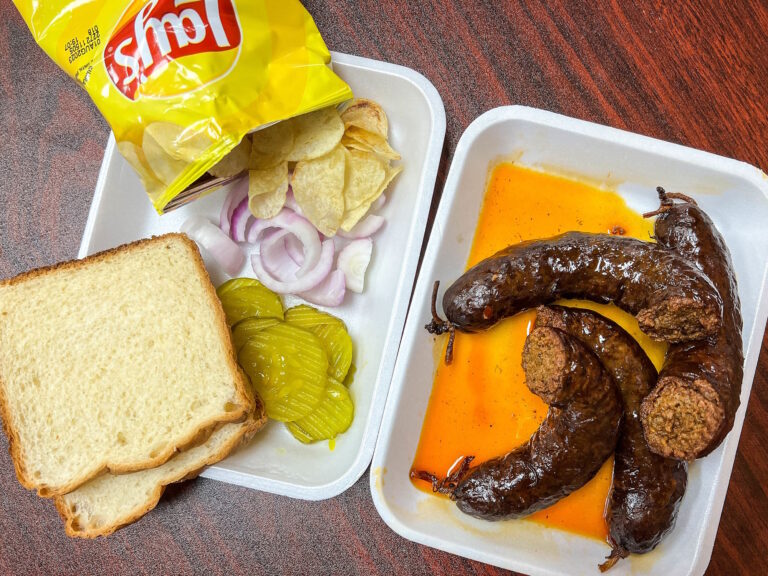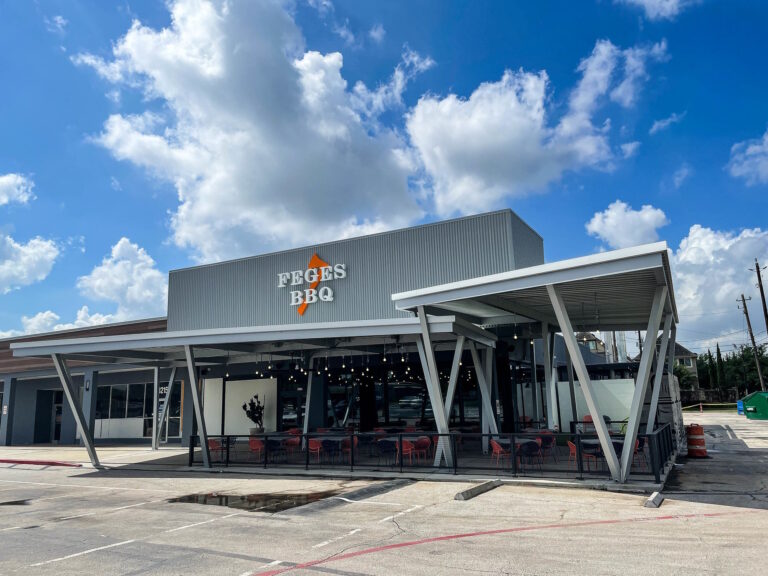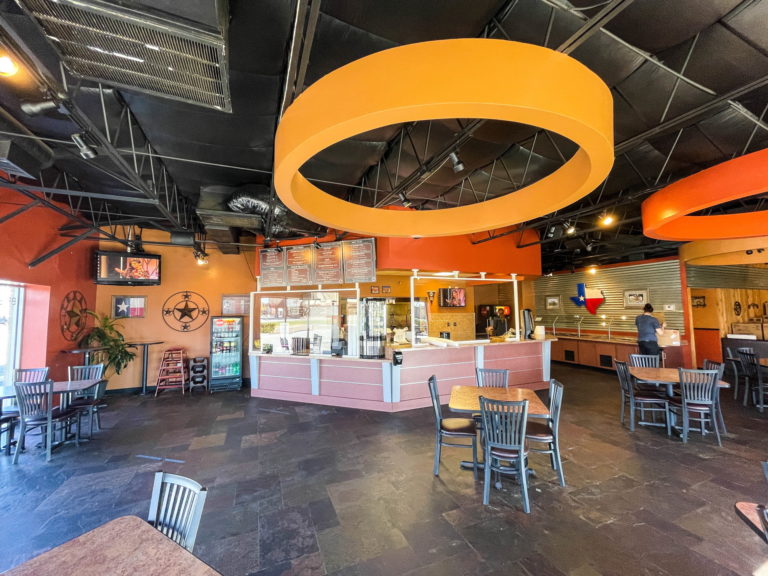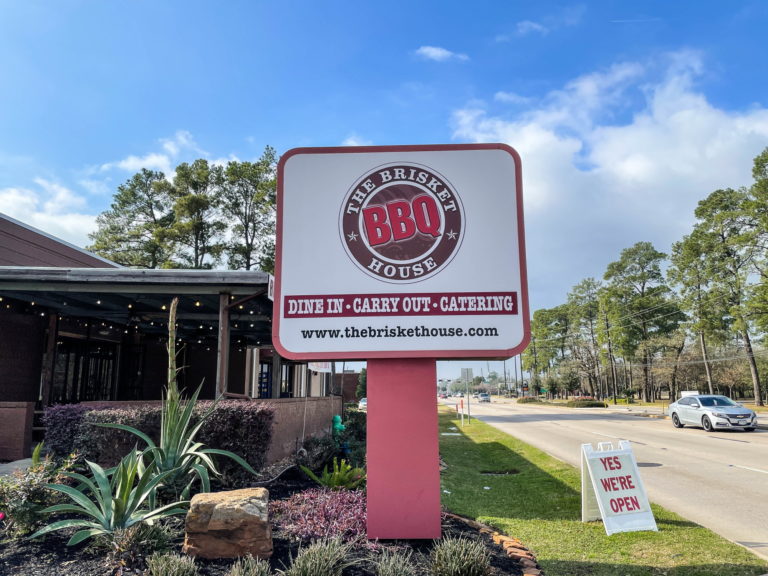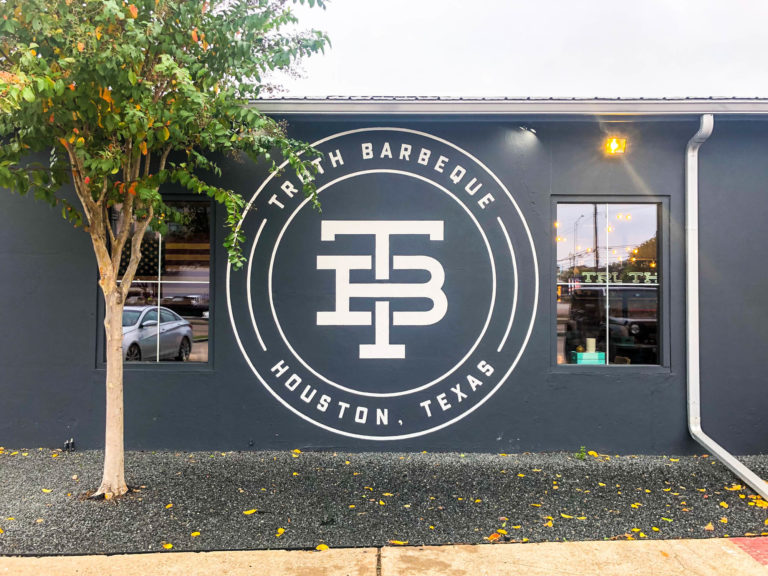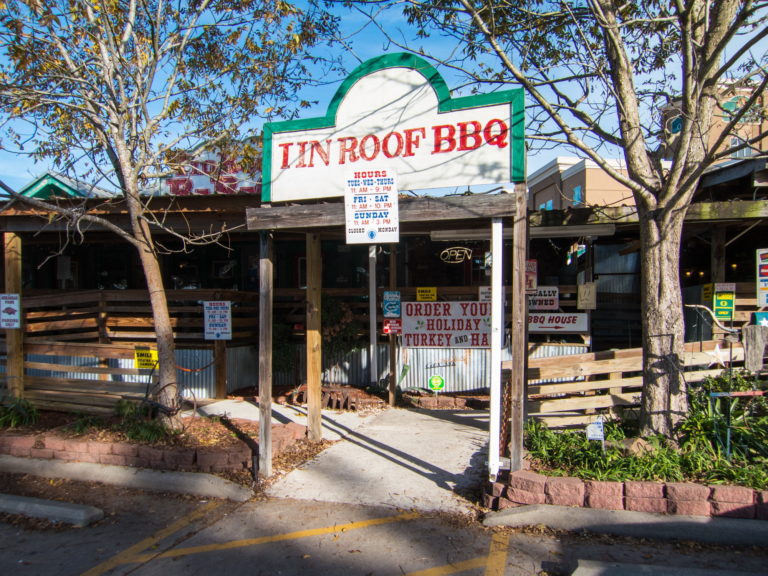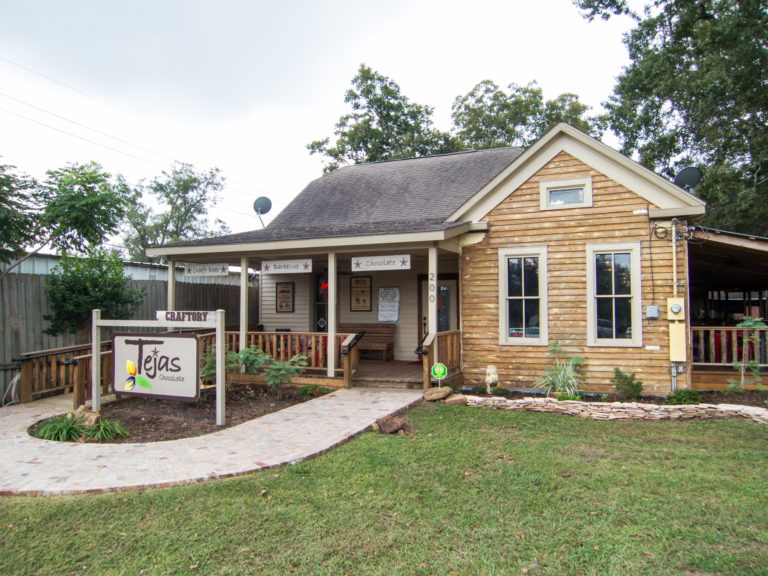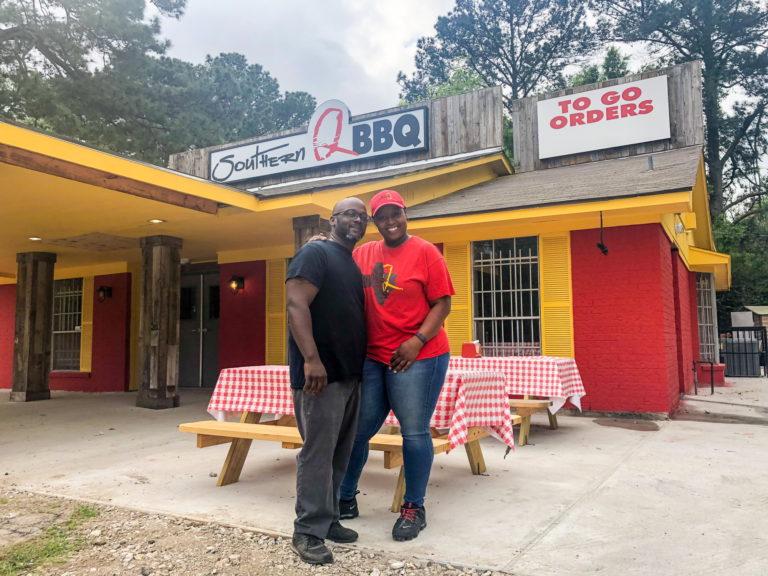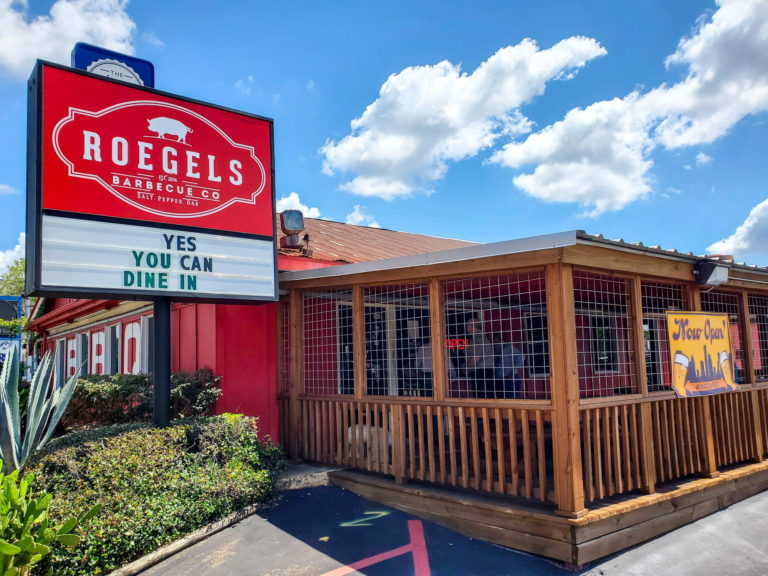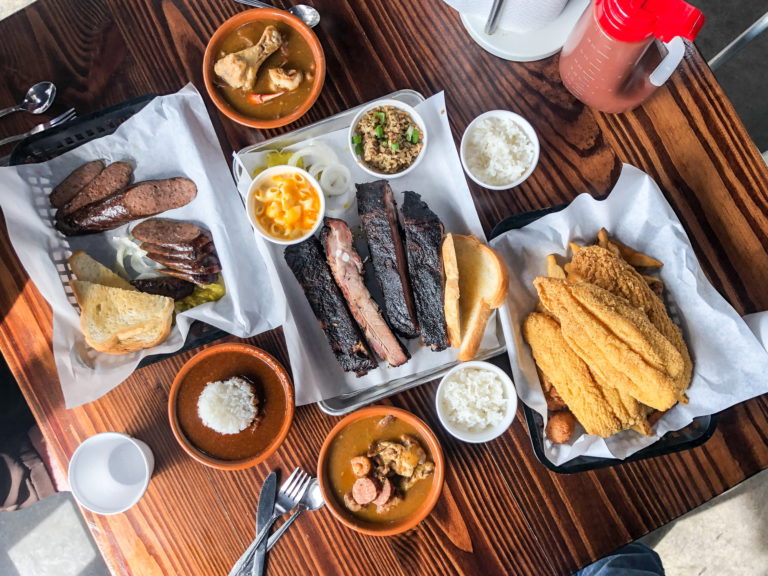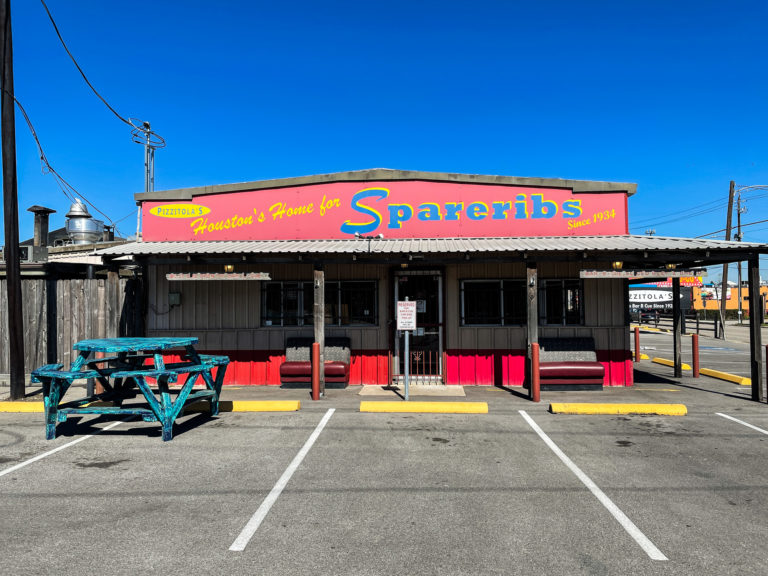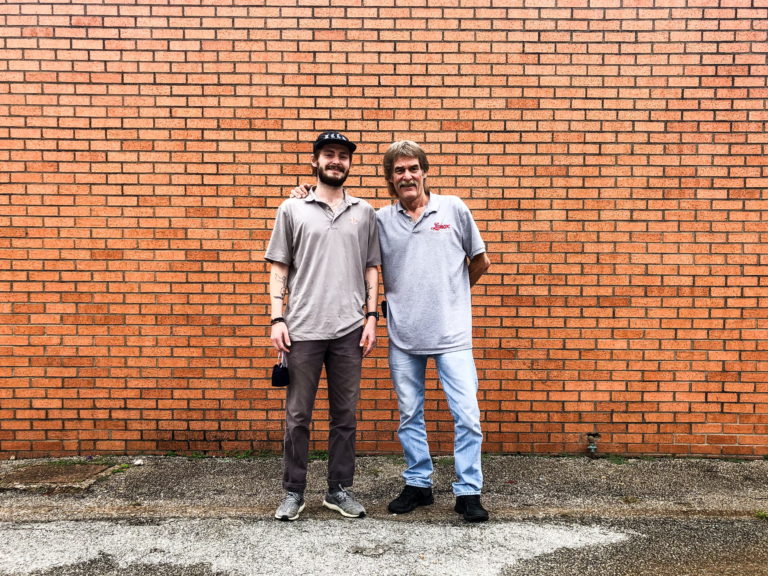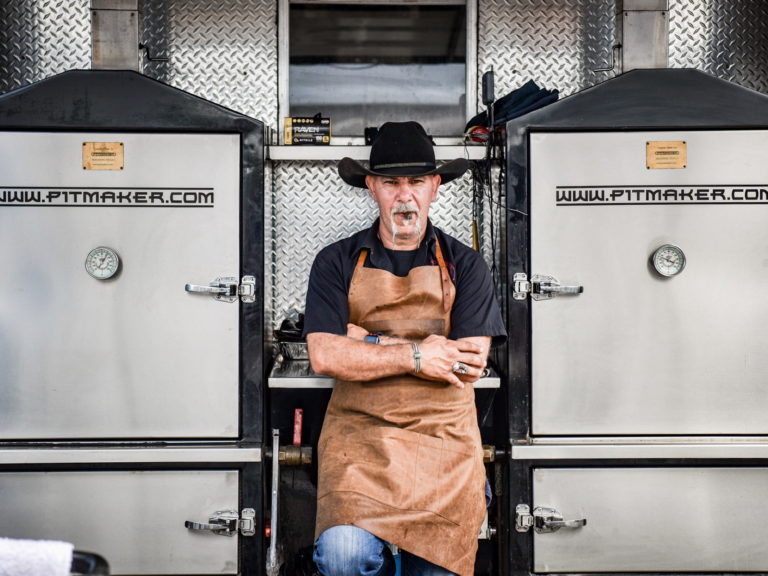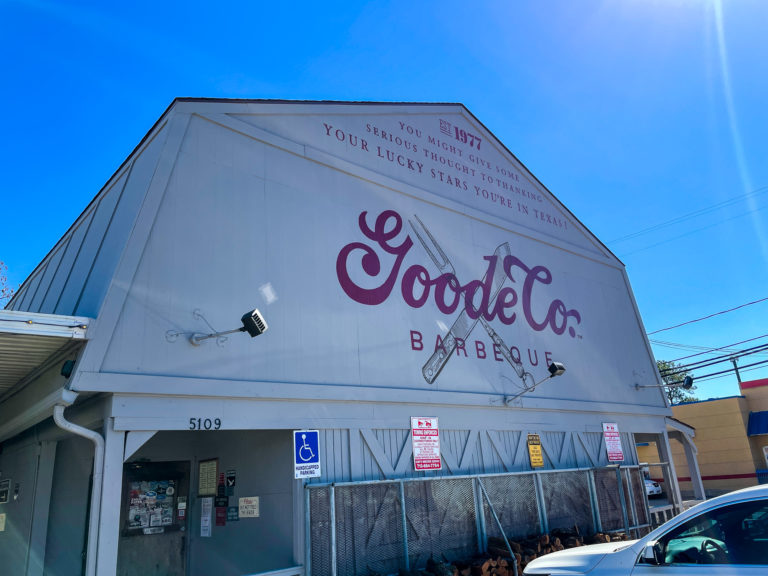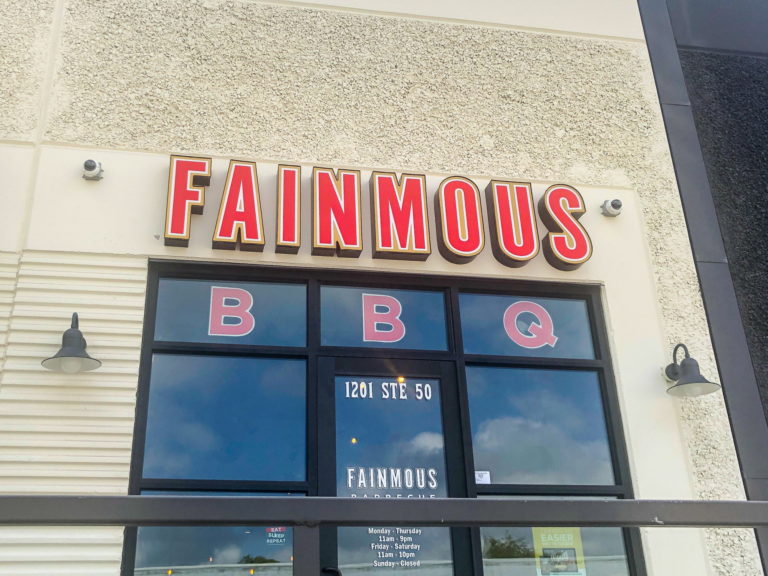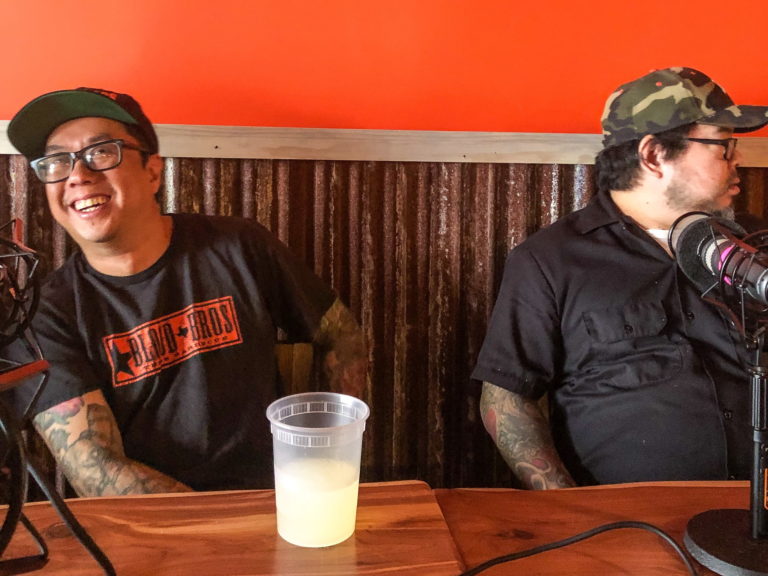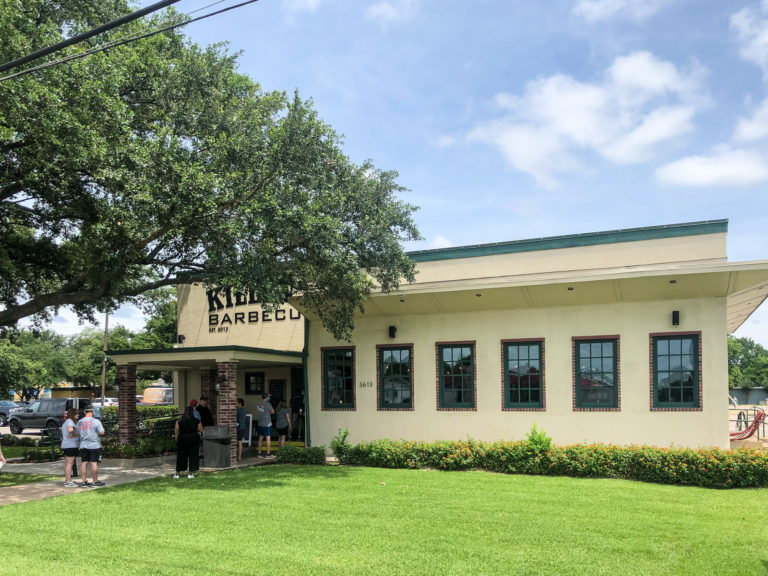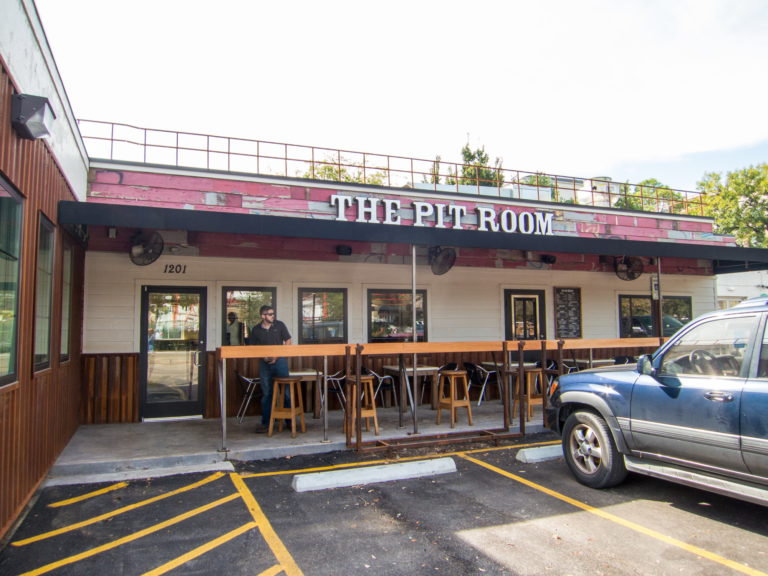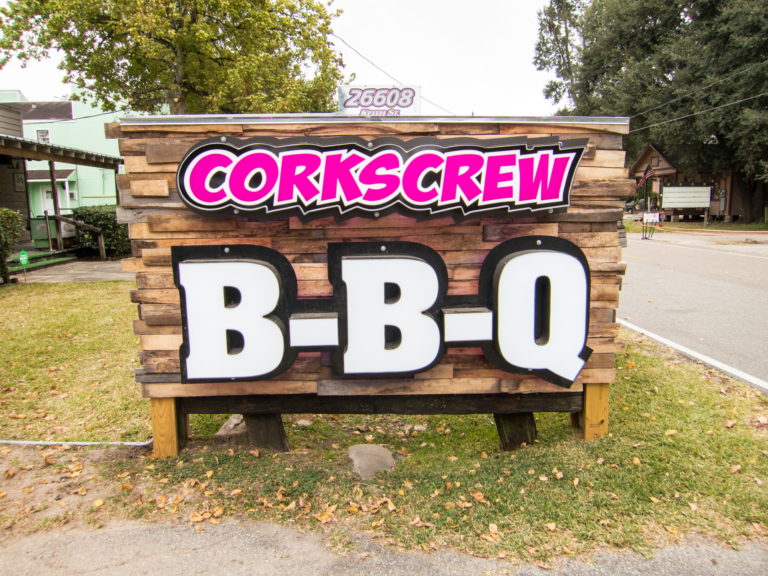Texas barbecue is made up of many different styles, and Houston offers the most diverse collection of styles in any American city. In the last ten years, the craft barbecue movement has introduced artisanal techniques and high-quality ingredients to the Texas barbecue tradition. You can filter by style to see all the different types in Houston.
Central Texas-style (CTX): Mainly beef brisket served without sauce, this style originated in the early 1900s in the towns around Austin. Often considered the canonical style of Texas barbecue. The main style used in the craft barbecue movement.
East Texas-style (ETX): This is the style that Houston is most-often identified with, featuring pork-based 'Q often served with a sweet, tomato-based sauce. These traditions and influences are traced to migration to East Texas from the Southern U.S. in the 1800s and early 1900s.
Combination: As the craft barbecue movement gained hold in Houston in the early 2000s, a combination-style barbecue developed combining the best of CTX (e.g. salt-and-pepper brisket) with the best of ETX (e.g. wet-rub pork ribs, smoked boudin).
Creative/Elevated: With the rise of craft barbecue, techniques and ingredients from fine-dining began to be introduced into Texas barbecue traditions, often by classically trained chefs trying their luck at the barbecue game.
Tex-Mex-Influenced: Houston's long tradition as a bastion of Tex-Mex cuisine has seen an overlap with craft barbecue, with dishes like tacos and enchiladas taking on a smoked element.
Asian-Influenced: The huge community of Asian chefs and restaurateurs has become influential in Houston barbecue recently, incorporating complementary flavors like Korean gochujang sauce.
Old-School: There are many Houston barbecue joints that existed before and will exist after the rise of the craft barbecue movement and use older techniques (less seasoning, less smoke) to make barbecue. They are still widely popular among many Houston diners.
Generic: Some places don't adhere to any specific style or tradition, but rather just want to put meat in a smoker and make it taste good. These are often family businesses that just want to make a living, not make the headlines.
East Tennessee-style: Houston will occasionally get an outlier among barbecue styles, often from the Southern U.S., including this area of Tennessee that is known for pulled-and-sauced pork shoulder.
Houston is a big place and you could drive up to 1.5 hours from one end of the city to the other to get to a far-flung barbecue joint. When choosing a barbecue joint to patronize, proximity is often an important or deciding factor. This filter allows you to see barbecue joints based on location, from a broad area (e.g. North) to specific neighborhoods (e.g. Montrose).
There's nothing worse than heading out to your favorite barbecue joint with friends and finding it closed when you arrive. For various cultural (closed on Sundays for church) and practical (closed on Mondays to clean pits) reasons, the opening days for barbecue joints can be less consistent than other restaurants. Being able to see which barbecue joints are open on a particular day of the week is crucial. This is the filter for that.
HOUBBQ joints come in all shapes and sizes, from Stand-Alone buildings and grand palaces of barbecue, to a small corner of a Brewery or Shopping Center. Many enterprising pitmasters get their start in a food Truck/Trailer (only those with a permanent location are listed here). More recently, having a booth in a Food Hall is also a way to get started. Occasionally, you will find a barbecue counter in a Food Market – a throwback to the old days of barbecue served in meat markets. And Houston has a long history of barbecue joints located (perhaps incongruously) next door to a Gas Station.
This guide is notable in that it does not use a rating system (either user or editor generated) to recommend barbecue joints. Rather it is a curated list of those barbecue joints that we believe represent the essence of Houston barbecue. To be sure, if you visit any of the places in this guide you will get great barbecue. But it is still useful to keep track of those places the barbecue glitterati consider the latest and greatest. This filter allows you to see which HOUBBQ joints have been awarded with "Best Barbecue" accolades from various events and publications.
This being Texas, barbecue catering is a big business. It’s standard for a wedding to have a big barbecue spread to impress out-of-town friends-and-family. One of the most frequent questions we get is “Who would be good to cater my wedding/meeting/social event?” This guide will provide more in-depth information to find that answer, whether you just want to Pick up a tray of barbecue to take to your event, have that tray Delivered to your location, or have a Full Service catering job done with serving staff and all the bells and whistles.
The type of smoker used by a pitmaster will often provide clues to their style of barbecue and commitment to the hard work necessary to make great barbecue. In general, the best barbecue is created using manual, rather than automated, techniques. Manual pits put the "craft" in craft barbecue.
Offset steel barrel pits are the Ferraris of barbecue pits - they are high-performance appliances that, if properly operated, produce the best results. A firebox sits on one side (offset) of the tubular cooking chamber where the meat is placed, and then a flue or chimney on the other end draws the smoke and heat through the chamber, cooking the meat. Barbecue joints that use these types of pits are commited to the most traditional techniques of making great barbecue. Also known as "stick burners" because they use full logs of wood.
Offset brick pits are similar to barrel pits, but the cooking chamber is a rectangular box made of brick. It's rare to see these built today, but many old-school joints still use them. Pitmasters who have mastered cooking on this type of pit are considered the most skilled of barbecue cooks.
Rotisserie pits are self-enclosed cabinets with a firebox on the bottom or side, a cooking chamber above, with the smoke exiting the top. Wire racks rotate in the cooking chamber to evenly cook the meat. Though automated, the best pits like Oylers can still produce world-class barbecue, especially if they only use wood for the fuel source, rather than natural gas.
Direct heat pits have the fire directly under the meat so that the cooking process is more like grilling rather than smoking.
Cabinet/Upright pits have the firebox on the bottom, cooking chamber in the middle and chimney on top. They are often used where space is limited. They also require a lot of manual technique, though some come with automated functions.
Pellet pits are relatively new to commercial barbecue and are almost fully automated, using compressed wood pellets as the fuel source. Though they can be used to make well-cooked meat, they inevitably do not provide a high level of smoke flavor that defines Texas barbecue.
The wood used at a barbecue joint is the determining factor of the smoked meat flavor. All wood used for barbecue is hardwood, which burns with an intense and relatively long-lasting fire that can be more easily maintained for heat and flavor purposes.
Oak wood, in all its varieties (red, white, post, etc), is the wood of choice for Texas barbecue thanks to its plentiful availability and, more importantly, mild flavor that pairs well with meat, especially beef.
Hickory has a more robust flavor and is often associated with barbecue of the Southern U.S., but there are still some old-school barbecue joints in Texas that still use it.
Mesquite is a wood originating in south and west Texas and imparts a potentially bitter flavor to meat. Experienced pitmasters can create a palatable flavor profile; inexperienced pitmasters, not so much.
Pecan is similar to oak in its cooking properties, but with a milder flavor. It's rare that a barbecue joint only uses pecan, but will rather mix it in with oak. It is sometimes used by itself to cook and flavor pork or even fish.
In the olden days, barbecue was mostly a lunchtime affair. Even today, many barbecue joints are just open for Lunch until they sell out. In effect they are just open long enough to sell all the barbecue they can make given the constraints of smoker size and the amount of meat they can cook. Still, Texans want barbecue all day, and some restaurants have extra pit capacity or they cook in multiple batches around the clock to have food for Dinner. Recently, since staff are onsite early to maintain the smokers, they've also opened for Breakfast. Any meat left over from the previous day can be chopped up and added to breakfast tacos, making it even more cost-effective. You'll even occasionally find a barbecue joint serving a weekend Brunch.
Everyone knows that barbecue goes with Beer, and most joints at least offer this alcoholic option. Also worth noting that the craft beer movement has many parallels to the craft barbecue movement. It's a natural pairing. However some new barbecue joints offer a full bar that includes Wine and Liquor. Indeed, pairing wine or cocktails with barbecue is a new trend. In some cases, those joints without an alcohol permit allow customers to bring their own booze (BYOB) at no additional charge.
These are specific, practical requirements that will help you choose a great barbecue joint for your needs.
Easy Parking: Sometimes you just don't want to have to drive around the block to find parking when you are on a quick lunch. This feature just means a barbecue joint has a relatively large, adjacent parking lot where you can always find a spot.
Outdoor Patio: For those cooler days in Houston, these are the places with some type of outdoor seating.
Does Not Sell Out: Many craft barbecue joints can only cook so much barbecue on a daily basis, and run out of barbecue early in the afternoon. Some places cook all day and always have barbecue. This filter allows you to find those places serving barbecue all day.
Veteran Owned/Operated: Either the owner is a military veteran, or the primary manager or pitmaster is.
Table Service: At most barbecue joints, you approach a counter and place the order directly to the pitmaster or cutter, then take your tray to your table. Some barbecue joints offer traditional waiter service too, which is specified by this filter.
Essential Houston: This references those barbecue joints which embody the history and traditions of Houston barbecue.
Good for groups: Taking your co-workers to lunch or have family in town? These places have larger seating areas that can accommodate.
Sausage In-house: Sausage made on-site can be very creative and very delicious and is worth seeking out.
Open Mondays: Traditionally, many smaller barbecue joints close on Mondays for a day off as well as to maintain the smokers. But if you need a barbecue fix on a Monday, this filter will help.
Whole Hog: This tradition from the Southern U.S. of cooking a whole hog and then turning it into dishes like pulled pork is starting to gain hold in Houston and Texas. The places in this filter have it on the menu regularly.
To-Go Counter: The line to get barbecue can get pretty long at some places and all you want is a plate of barbecue to-go. These places have a separate to-go counter where you can get in-and-out fast.
Private Room: These barbecue joints have a separate dining room you can reserve for business meetings or other gatherings.
All-natural beef: Those places which are committed to procuring sustainably produces, antibiotic-free beef.
Open Late: Generally a barbecue joint where you can get most are all of the menu after 8pm.
Curbside: Those places where you can call in an order or place the order online and then show up and have someone bring the order to your car.
Online Ordering: Being able to place your order ahead of time, on a website, that you can either pick up or eat onsite.
Drive-Thru: A typical drive-thru window setup where you can place and pick up your order without getting out of your car.
Counter Cut: Those joints where you place the order with the meat cutter and they cut your meat at the counter right in front of you as you watch.


